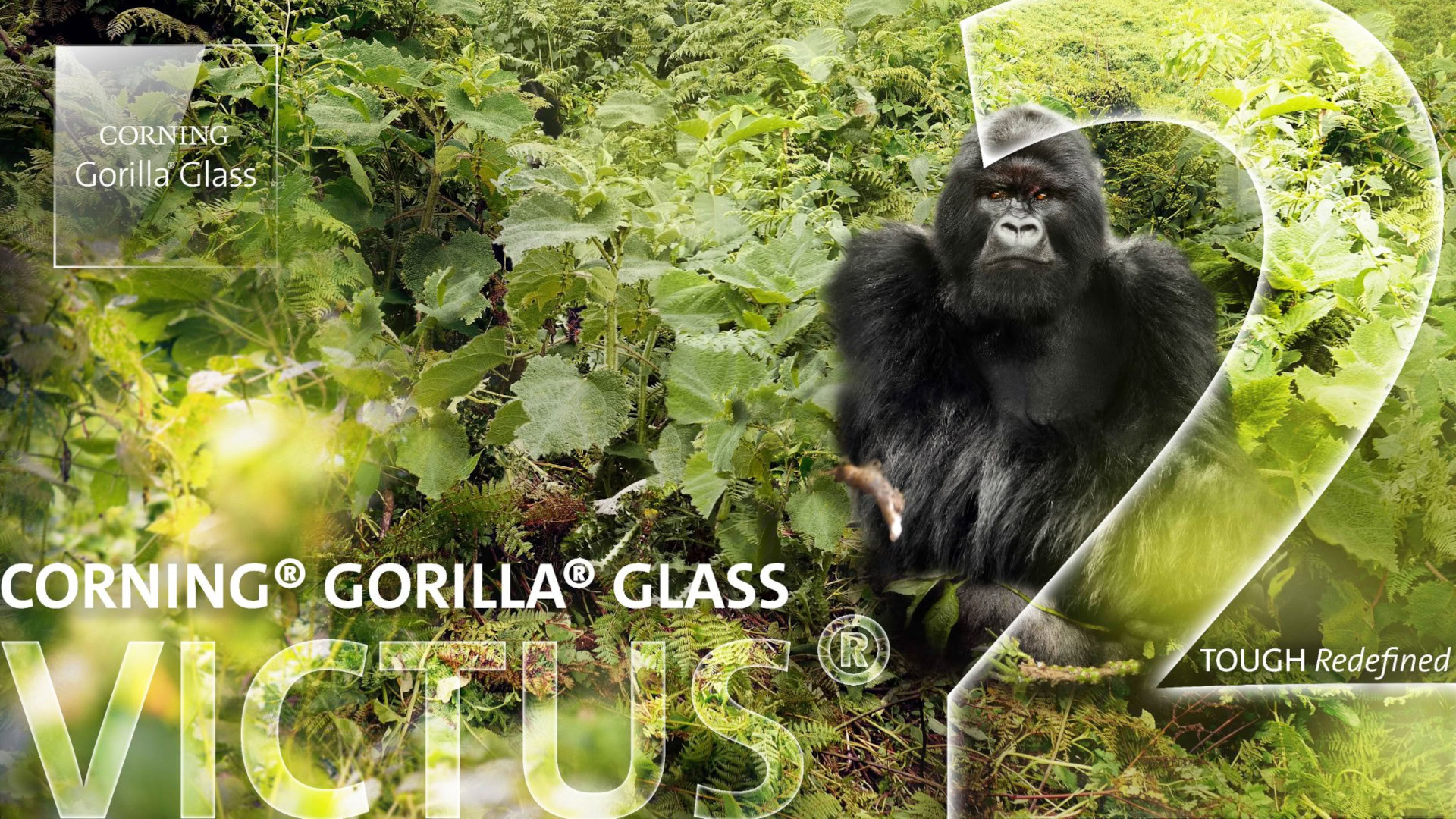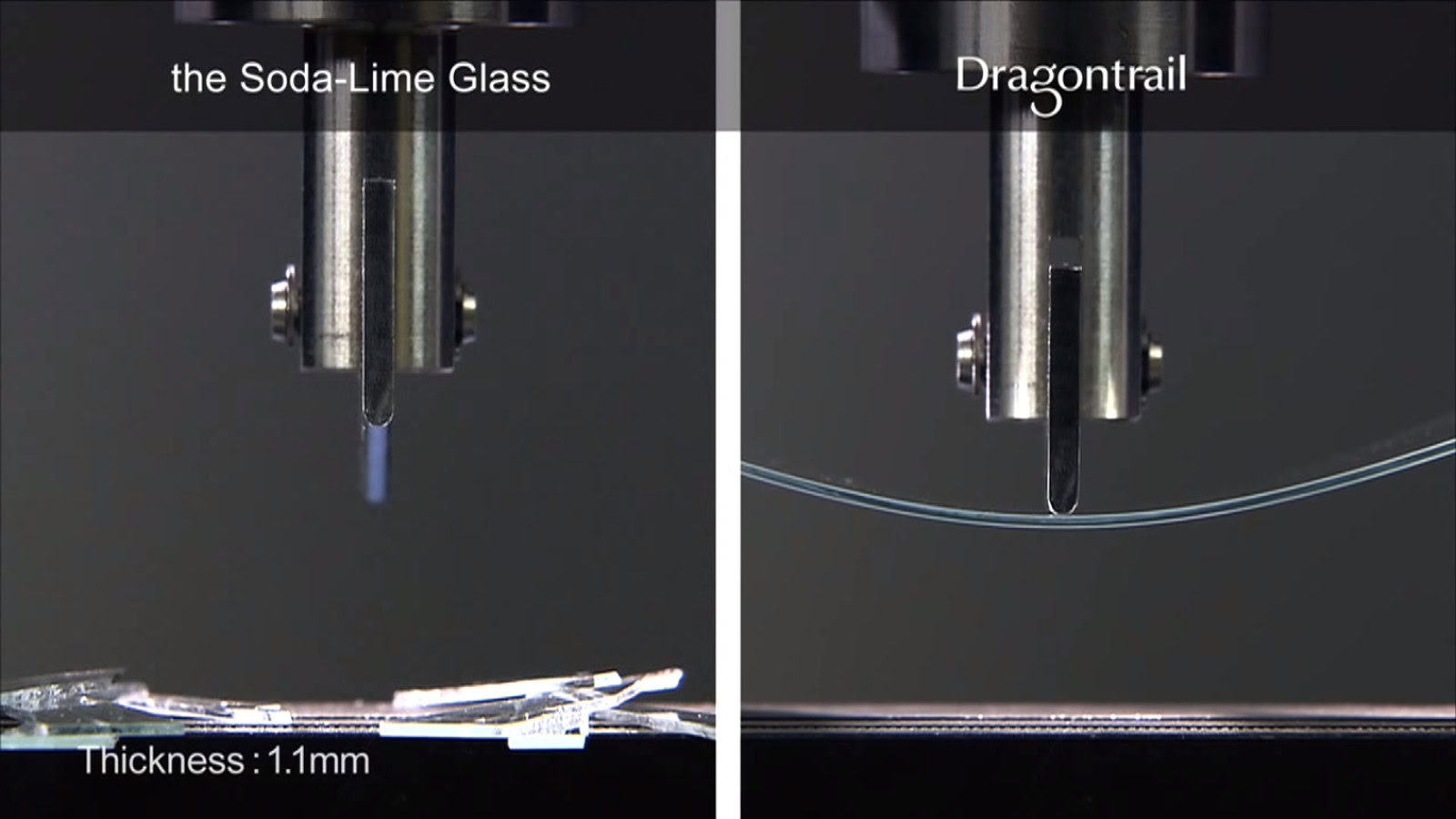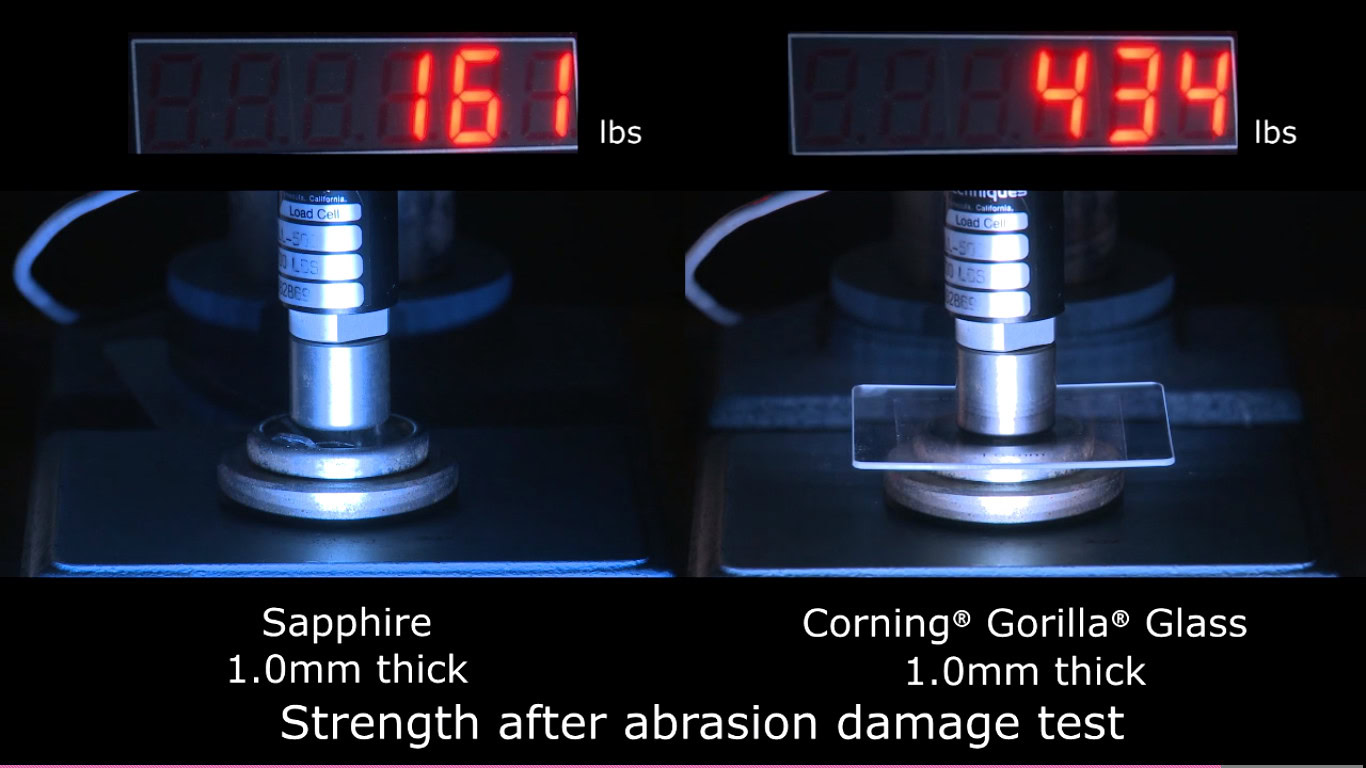Affiliate links on Android Authority may earn us a commission. Learn more.
Gorilla Glass vs Dragontrail Glass vs Ceramic Shield and beyond
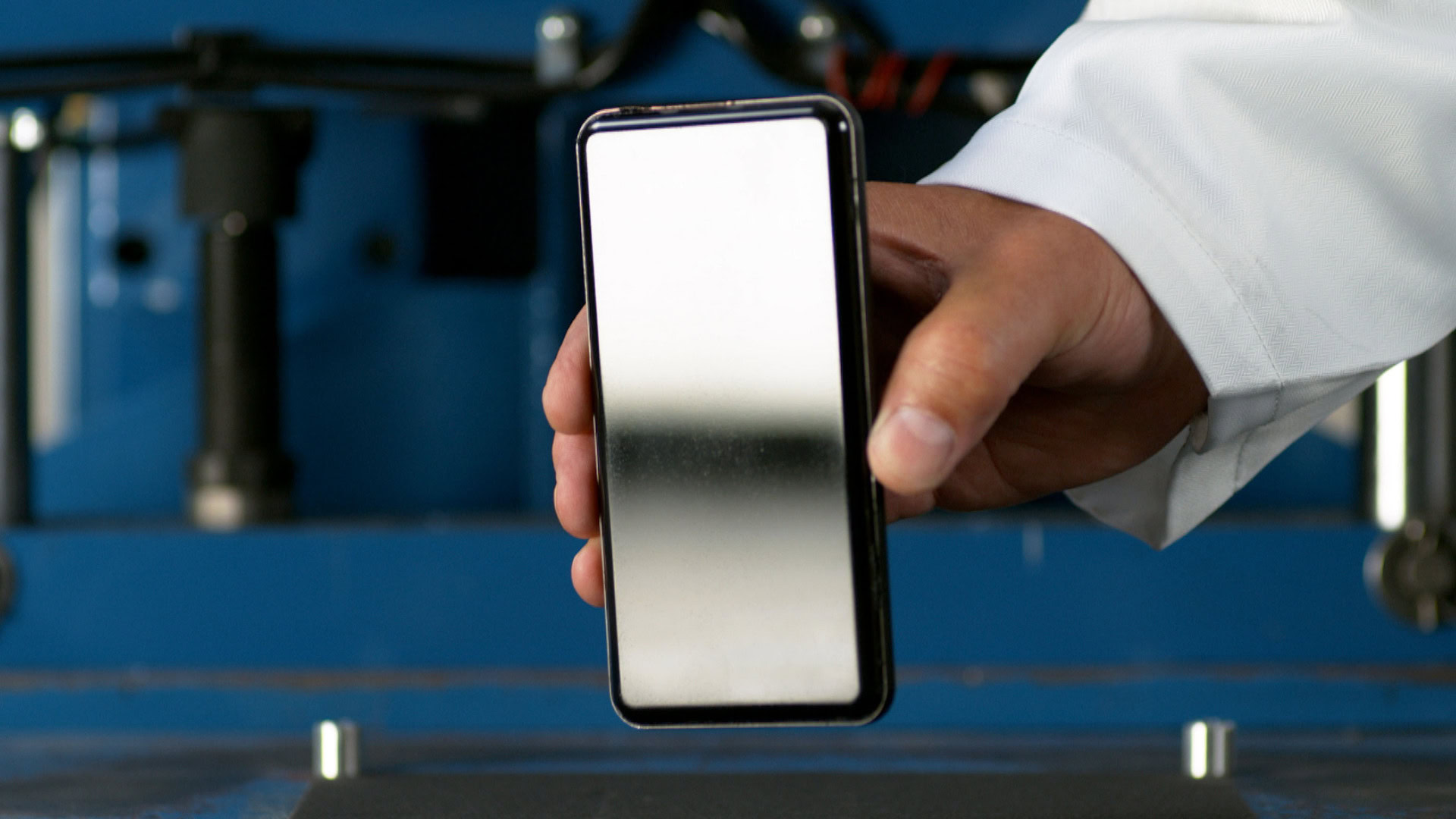
Gorilla Armor was launched in early 2024, marking the latest version of the popular scratch-resistant glass for smartphones and tablets. The tech has been available for over a decade now, but it’s not the only solution on the market.
Dragontrail Glass, sapphire, Ceramic Shield, and tempered glass are all popular protective glass solutions. So how do they differ from each other? And which one is best? We’ve got some answers.
Protective glass solutions at a glance
Gorilla Glass is made by US company Corning, and the tech first gained prominence as the protective glass of choice for the original iPhone. It’s since been available on smartphones and tablets from a variety of manufacturers. In fact, there’s a pretty good chance the phone you’re reading this on has Gorilla Glass.
Dragontrail Glass emerged as the alternative solution to Gorilla Glass, being made by Japanese company AGC (Asahi Glass Co). The tech has been around since the early 2010s, and is often used on budget-tier handsets.
Ceramic Shield is another solution, being made by Corning but exclusive to Apple’s iPhone range. It debuted on Apple’s iPhone 12 series back in 2020 and has been around ever since.
We’ve also seen sapphire glass emerge as an option in the mid-2010s, but the brittle nature of the material means it’s seldom used for smartphone screens. Finally, tempered glass is the cheapest protective glass solution. So if your Android phone doesn’t have Gorilla Glass, Dragontrail Glass, or sapphire, it’ll have this tech at the very least.
Gorilla Glass
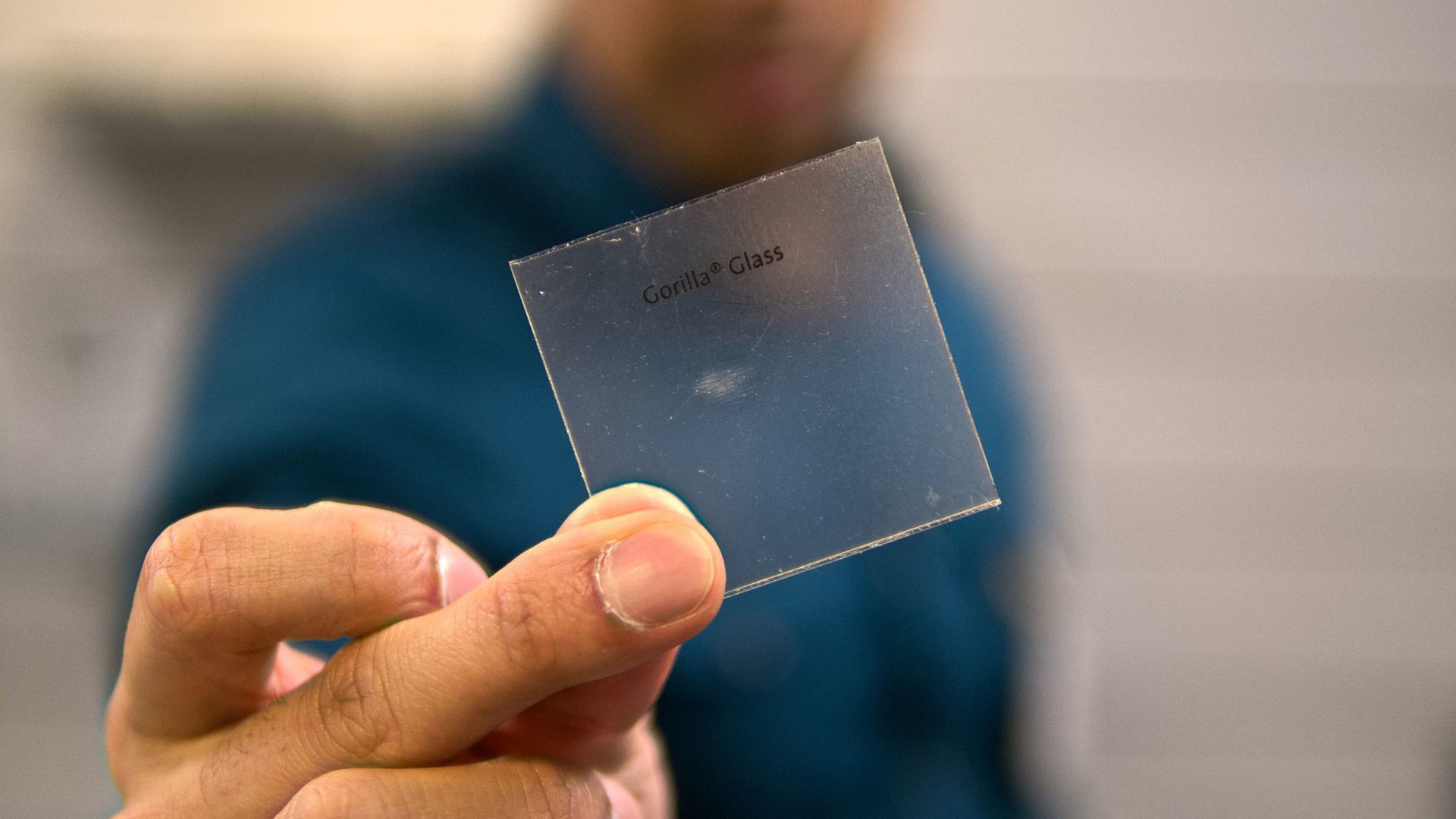
Gorilla Glass has gone through many iterations. The first generation of the product launched in 2007, followed by Gorilla Glass 2 in 2012 and Gorilla Glass 3 in 2013. 2020’s Gorilla Glass Victus and 2022’s Gorilla Glass Victus 2 are found on loads of flagship phones today. However, Gorilla Armor is the latest and greatest solution on the market right now. This new solution debuted on the Samsung Galaxy S24 Ultra. In any event, you can view all the various iterations below.
- Gorilla Glass (2007)
- Gorilla Glass 2 (2012)
- Gorilla Glass 3 (2013)
- Gorilla Glass 4 (2014)
- Gorilla Glass 5 (2016)
- Gorilla Glass 6 (2018)
- Gorilla Glass Victus (2020)
- Gorilla Glass Victus 2 (2022)
- Gorilla Armor (2024)
The basic process is the same for each generation, using an “ion-exchange process.” This is essentially a strengthening process where the glass is placed in a bath of molten salt measuring 400 degrees Celsius (752 degrees Fahrenheit), according to its manufacturer Corning. Potassium ions in the bath create a “layer of compressive stress” on the glass, basically giving it added strength.
Gorilla Glass Victus is designed to withstand drops from up to two meters, while also offering double the scratch resistance of Gorilla Glass 6. That’s a pretty hefty improvement over previous versions.
Gorilla Glass is the go-to name for protective glass in the smartphone space, and for good reason.
As for Victus 2? Gorilla Glass Victus 2 retains the same two meter durability for drops and the same scratch resistance performance. However, Corning says the new glass is capable of withstanding drops of up to a meter onto concrete (something Victus isn’t rated for at all). The company also said Victus 2 is designed with today’s bulkier phones in mind, claiming that today’s devices are 15% heavier and have 10% larger screens compared to four years ago.
Corning didn’t dish out specific drop heights for Gorilla Armor, but asserted that it performed up to three times better in lab-based drop tests versus rival aluminosilicate glass solutions. The company also said that scratch resistance was over four times better than these solutions. There’s no word on how Gorilla Armor compares to Victus 2.
The biggest reason to get a phone with Gorilla Armor is the reduced reflectivity, though. Corning says you can expect reflectivity to be reduced by up to 75%. And this is something we’ve noticed on the S24 Ultra too.
Dragontrail Glass
Made by Japanese giant AGC, Dragontrail is the second most popular brand among manufacturers.
The company uses a so-called float process to create its glass, sending liquid glass over a furnace of molten tin. Particles are then added for strengthening before the glass is quickly cooled and sent for cutting.
Dragontrail Glass comes in a few variants, with Dragontrail, Dragontrail X, and Dragontrail Pro being the most prominent solutions. 2016’s Dragontrail Pro delivered 30% better durability against corner drops thanks to a rounded glass edge. AGC added that it should also withstand more bending than standard Dragontrail.
In saying so, AGC confirmed to Android Authority that Dragontrail Star 2 is its latest protective glass as of 2024. This glass is indeed used on recent phones like the OnePlus 11R and OPPO Reno 9 series. But we’ve also seen older Dragontrail tech used on the likes of the Pixel 3a series.
How does it compare to Gorilla Glass?
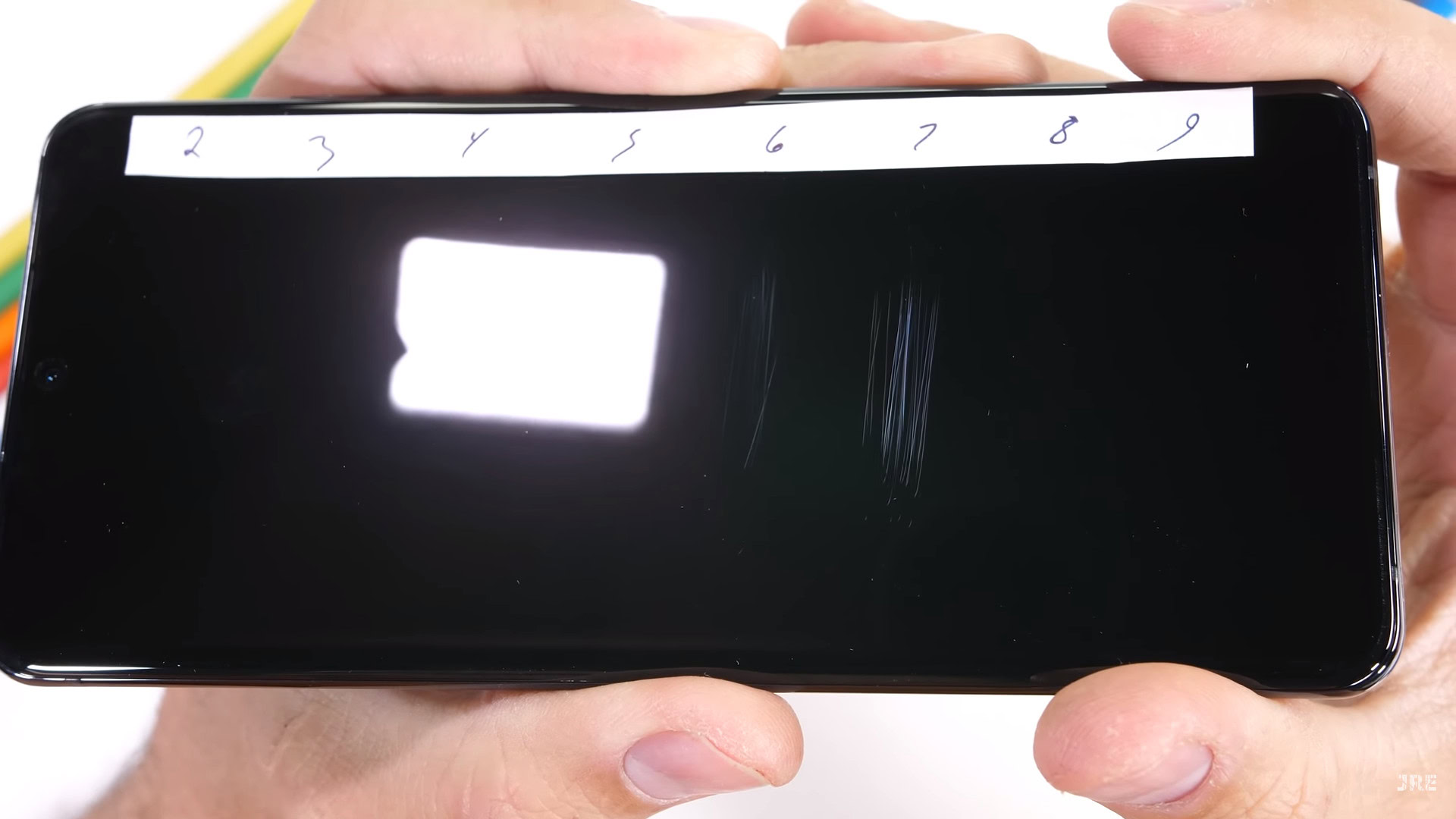
YouTuber JerryRigEverything tested the Galaxy Note 20 Ultra, which offers Gorilla Glass Victus. He found that the glass started to scratch with picks rated six on the Mohs scale. This should also apply to Gorilla Glass Victus 2 owing to the similar level of scratch resistance.
For what it’s worth, a Corning representative previously told us that all glass falls between five and six on the scale. So it looks like Gorilla Glass and Dragontrail Glass should both fare similarly well in terms of everyday scratch resistance. This is also reflected in the Vickers hardness scale, with Victus 2 touting a Vickers hardness of between 595 and 670, while AGC’s Star 2 glass has a rating of between 570 and 640. In other words, there’s some cross-over here in terms of scratch resistance.
It's difficult to make a comparison between Gorilla Glass and Dragontrail Glass, but Corning's solution might be better for drops.
As for bending or impact? We don’t have a direct comparison between the more recent glass solutions. The closest we get to an ideal comparison is a 2013 video by Corning, showing Gorilla Glass 2 and 3 faring better than an unnamed competitor’s product (presumably Dragontrail).
AGC hasn’t disclosed any specific height ratings for Dragontrail Glass impact resistance, either. Instead, the company only says the edge of its Dragontrail Pro solution boasts 30% better durability than the previous generation. Meanwhile, Gorilla Glass Victus 2 touts two-meter drop resistance. Corning also asserts that “competitive aluminosilicate glasses from other manufacturers” usually failed when dropped from half a meter or less.
Tempered glass
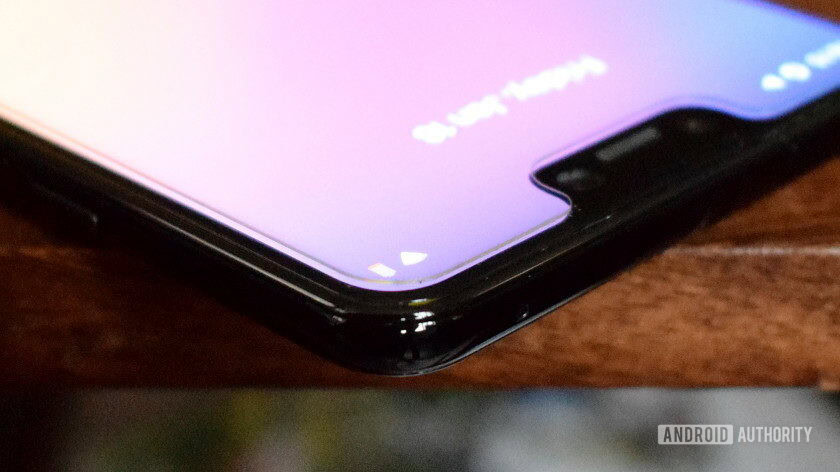
The cheapest solution of the lot, tempered glass, is the material of choice for many third-party screen protectors.
According to Scientific American, tempered glass is first cut to size and then subjected to heating in a tempering oven. The glass is heated to just over 600 degrees Celsius (1,112 degrees Fahrenheit), followed by a blast of cold air for a few seconds.
The process makes the outer surface of the glass cooler than the inside, which creates compression on the outside and tension on the inside, giving us stronger glass.
How does it fare compared to Gorilla Glass?

All glass solutions have similar scratch resistance levels, including tempered glass. So you should have peace of mind either way when it comes to scratches.
Drops are another story though, as Gorilla Glass and Dragontrail Glass are typically engineered to survive greater drops than tempered glass. You’ll still want a tempered glass protector on your screen if you don’t have Gorilla Glass or Dragontrail Glass on your phone to begin with, though.
Sapphire glass
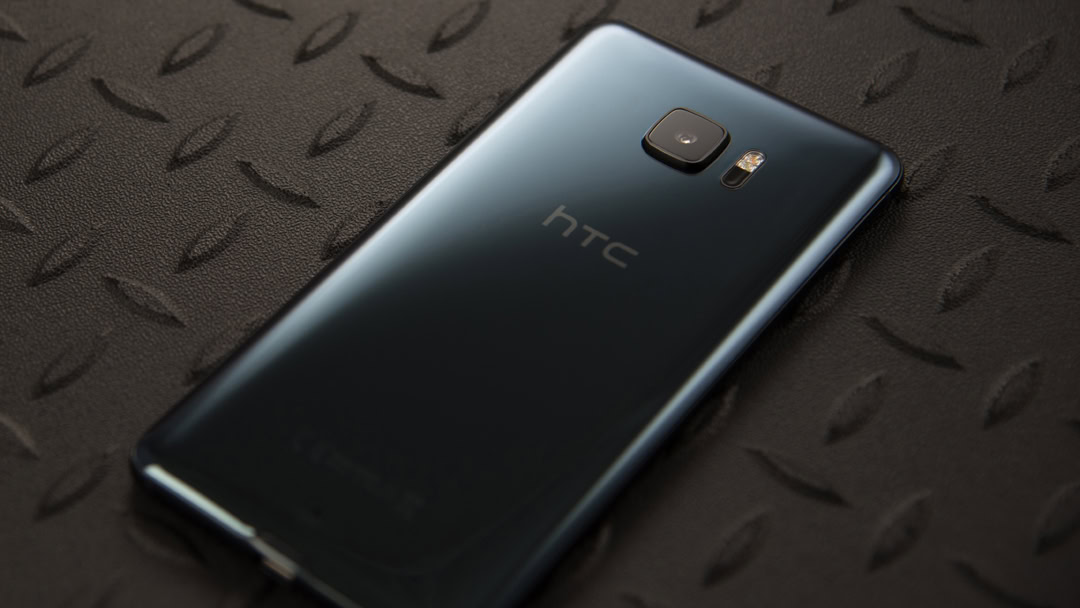
Sapphire is the most expensive option on this list, which means it’s mostly restricted to smaller bits like camera lenses and watch faces (including a few Apple Watch models). But we also saw HTC release a version of the U Ultra phone with a sapphire screen back in 2017.
According to a 2014 Pocketnow video, Sapphire screens are made by placing a sapphire seed at the bottom of a barrel. This barrel then gets filled with condensed corundum and leftover uncrystallized sapphire from previous batches. The barrel is then put inside a furnace, which heats the materials at up to 2,200 degrees Celsius.
The process takes from 16 to 17 days and results in a 115-kilogram hunk of sapphire. From here, a block is cut out for a smartphone display, then polished and cut further.
Is it better than Gorilla Glass?
When it comes to scratch resistance, sapphire glass is the king of the mountain. Sapphire measures nine on the Mohs scale of hardness (higher is harder), just behind diamonds. It can withstand being scratched with materials at this same level, according to a UBreakIFix video. Meanwhile, Gorilla Glass, Dragontrail Glass, and tempered glass get scratched with materials at level six on the Mohs scale. So expect sapphire-clad devices to fare better in your purse or occupied pocket.
This impressive scratch resistance comes at a price, though. Sapphire glass is known to shatter very easily compared to rival glass solutions. The earlier UBreakIFix video shows that Gorilla Glass can bend way more before shattering compared to sapphire.
This result is echoed by Corning’s own “strength after abrasion damage” test, which tosses the glass sheets into a barrel filled with various items and tumbles them for 45 minutes. Afterward, the sheets are removed and subject to load testing. Corning claims the sapphire sheet broke after a load of 161lbs (73kg) was placed on it, while its own solution withstood over 430lbs (195kg) of force. To be fair, it was an in-house test of Corning’s making, but it still made for a revealing result. Check out the screenshot above, and note how the sapphire glass has already shattered.
Ceramic Shield
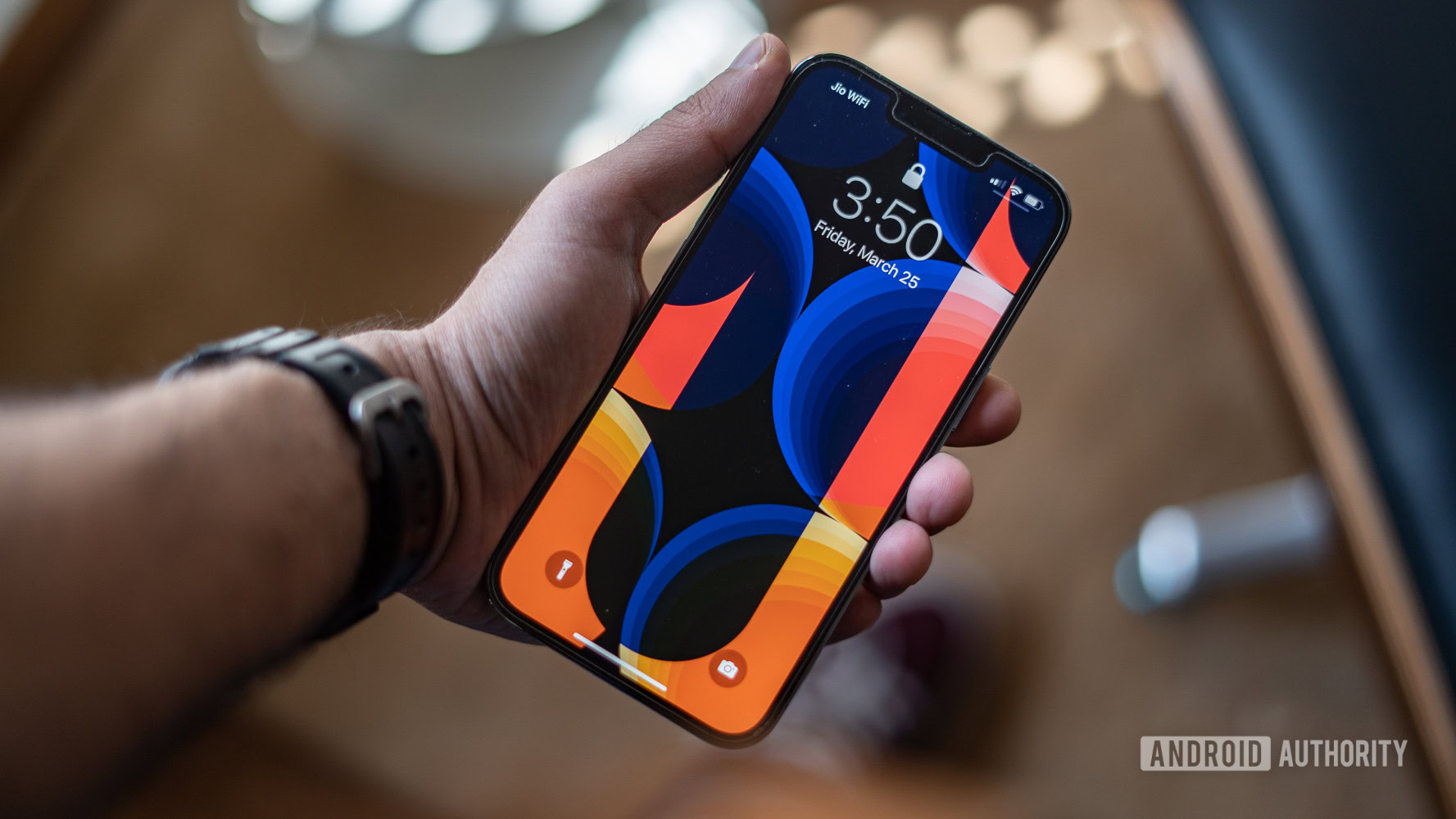
Another protective glass that’s made waves in recent years has been Ceramic Shield, appearing on iPhones from the iPhone 12 series onwards. However, this isn’t the product of Apple or some upstart company, as it’s made by Gorilla Glass maker Corning too.
Ceramic Shield goes through the usual ion-exchange process seen with Gorilla Glass, but also undergoes a high-temperature process to add ceramic nanocrystals. All in all, this process should result in better protection against cracks and chips.
Is it better than Gorilla Glass?
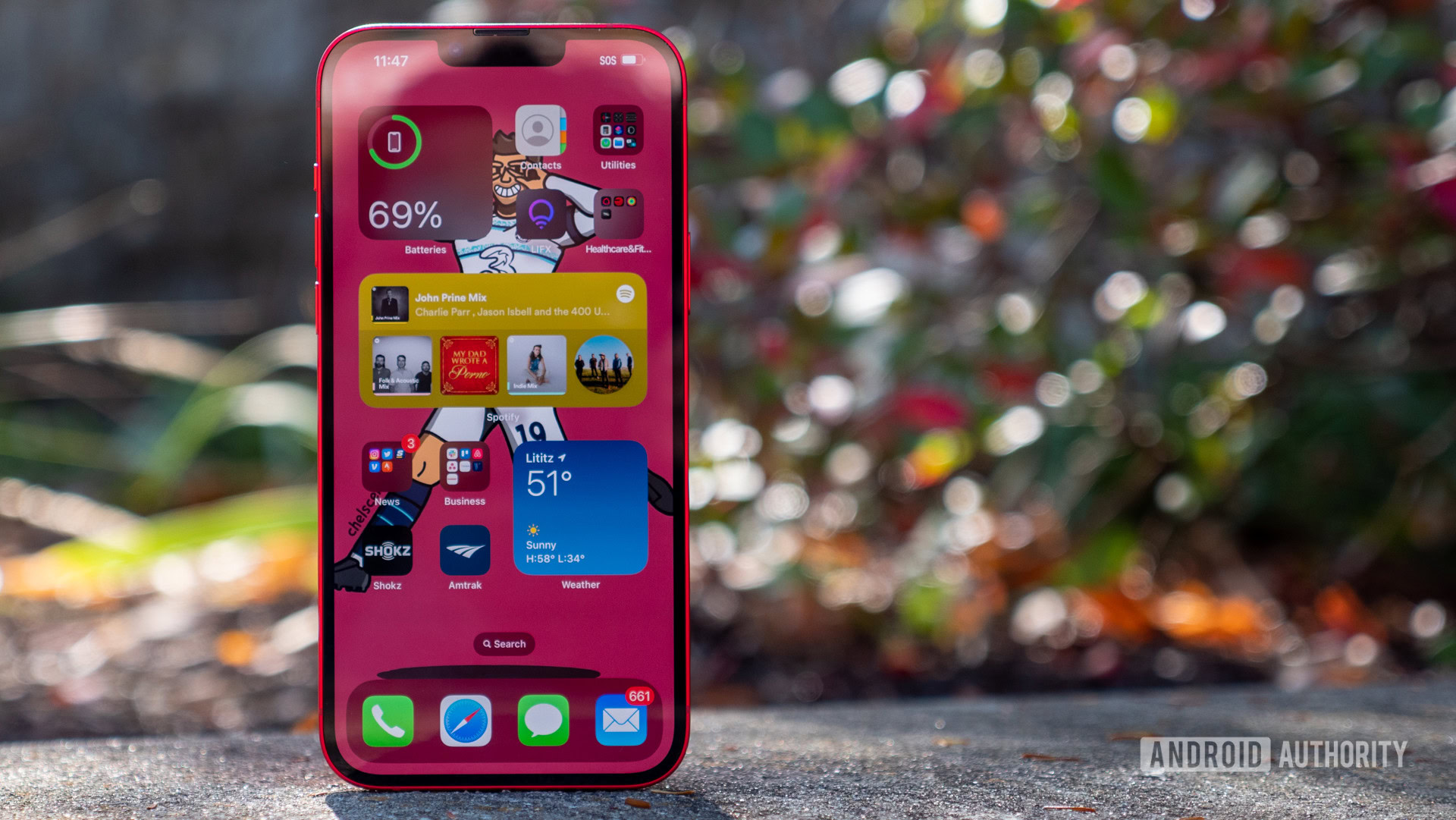
Corning claims that the Ceramic Shield glass is tougher than any smartphone glass available today, suggesting that it is indeed better than its Gorilla Glass line. In fact, Apple claims Ceramic Shield is four times tougher than previous iPhones when it comes to drops. For what it’s worth, the iPhone 11 reportedly shipped with a custom version of Gorilla Glass rather than a version of the glass available to Android OEMs. So this makes direct comparisons a tough endeavor.
What does Corning itself say about Ceramic Shield versus Gorilla Glass? Well, nothing. The company hasn’t made any specific comparisons between the new iPhone glass and its latest Victus glass solutions.
Nevertheless, a JerryRigEverything video shows that the iPhone 14 screen starts scratching at level six on the Mohs hardness scale, in line with other glass solutions. But it does seem like the initial scratches are quite faint compared to phones like 2022’s S22 Ultra.
Conclusion
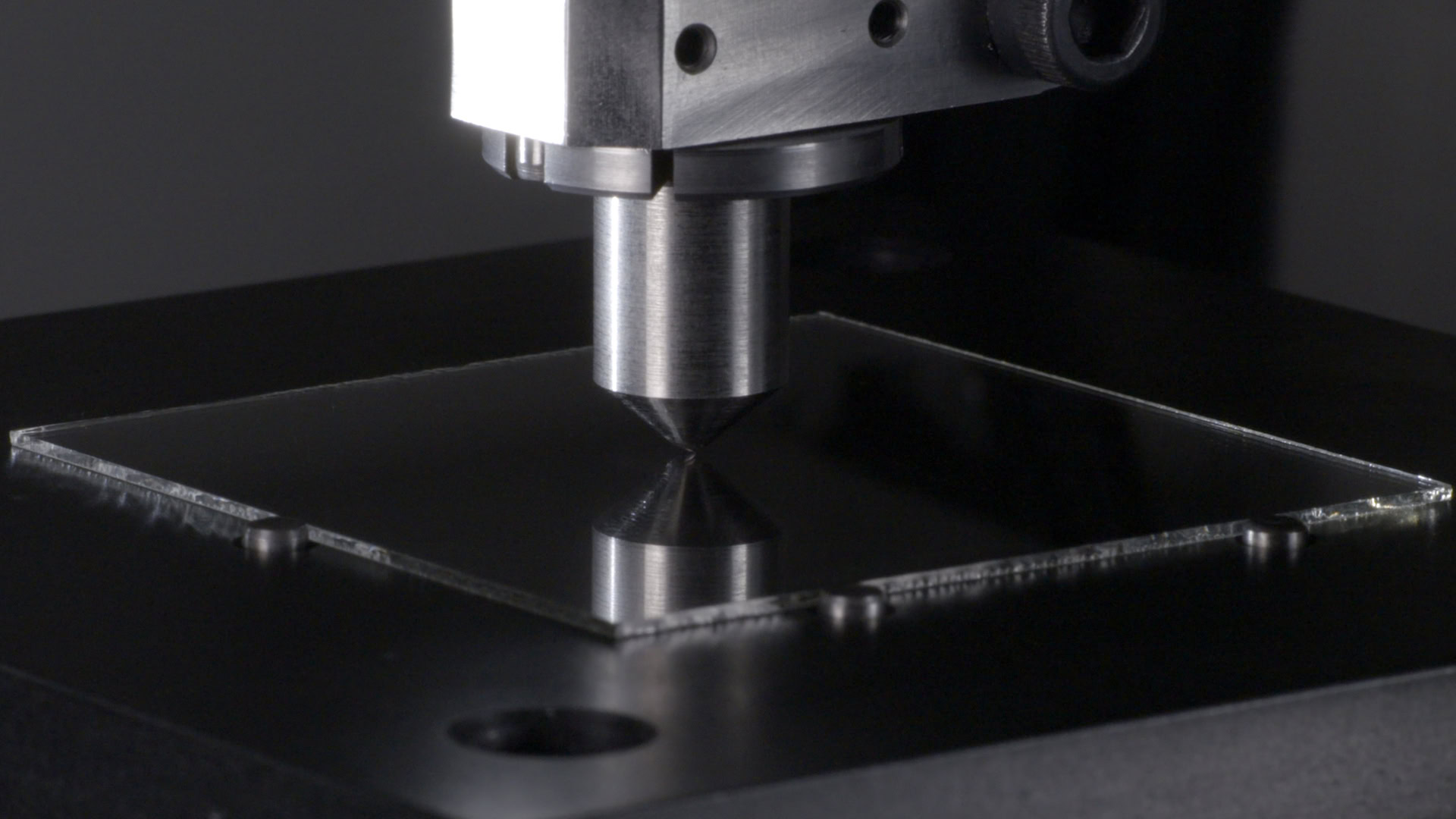
At this point, all major protective solutions are pretty tough on scratches. Dragontrail and Gorilla Glass seem to be evenly matched in terms of everyday usage (although Corning’s solutions seem to have the edge in tougher situations), while tempered glass doesn’t seem to be far behind at all. Sapphire has a runaway lead over all three solutions but costs significantly more.
In bending and impact tests things get much murkier. There doesn’t seem to be much in the way of like-for-like testing between more recent Gorilla Glass and Dragontrail solutions. Only one thing is for sure: sapphire is comparatively horrible for flexing and dropping.
Gorilla Glass and Ceramic Shield are top of the class when it comes to all-round performance, but Dragontrail doesn't seem too shabby for budget phones.
Gorilla Glass Victus 2 retains plenty of drop-related improvements from Gorilla Glass Victus while adding improvements for drops on concrete and repeated drops. Corning doesn’t seem to have dished out any comparisons between Victus 2 and Gorilla Armor. AGC doesn’t have much to say when it comes to drop testing, either.
Ceramic Shield seems to be one of the best protective glass solutions on the market, at least if you trust Corning and Apple. But the lack of direct comparisons makes it difficult to verify these claims, and you can’t get this tech on an Android phone anyway.
What do you prefer in a display glass? Better scratch resistance or impact resistance? Let us know in the comments.
